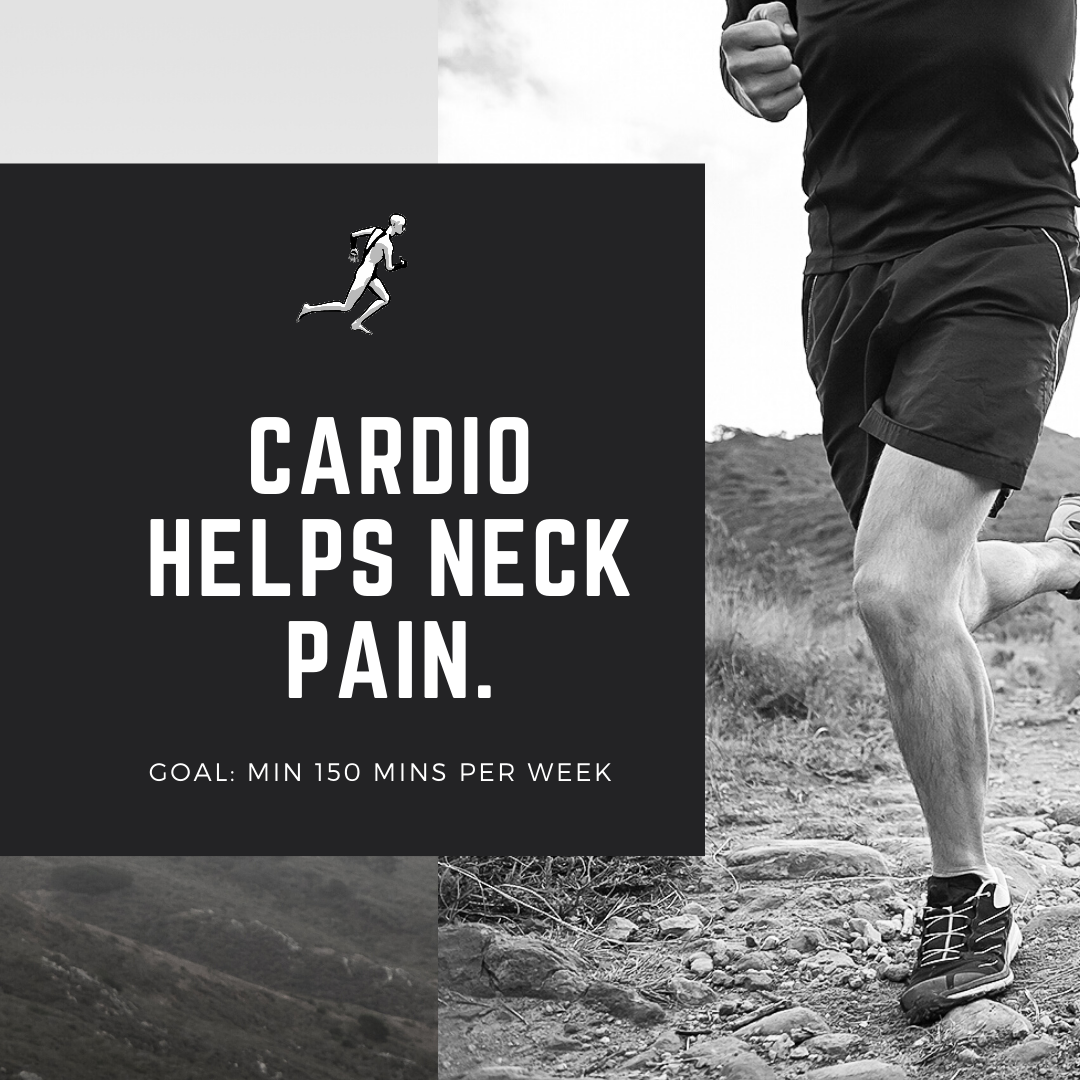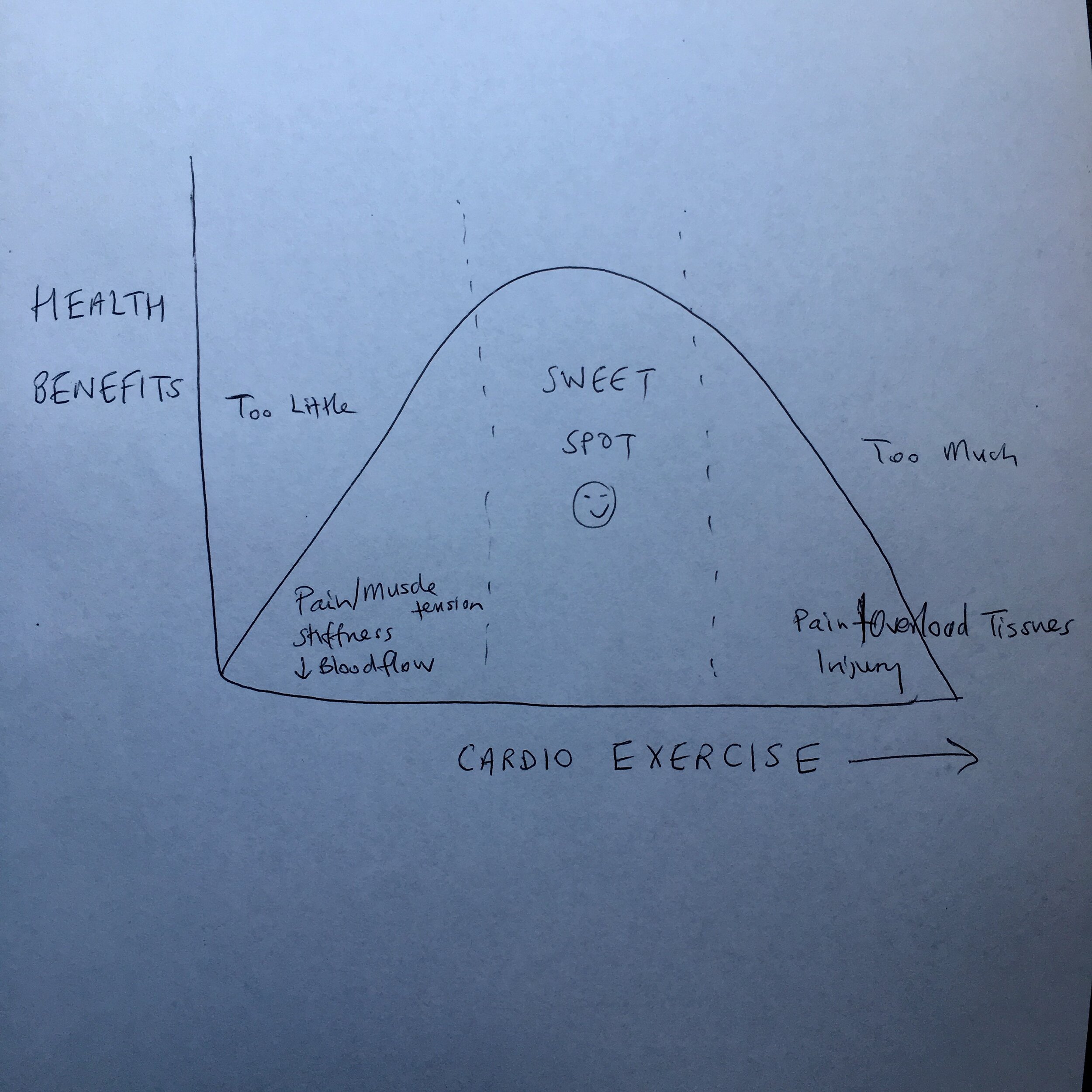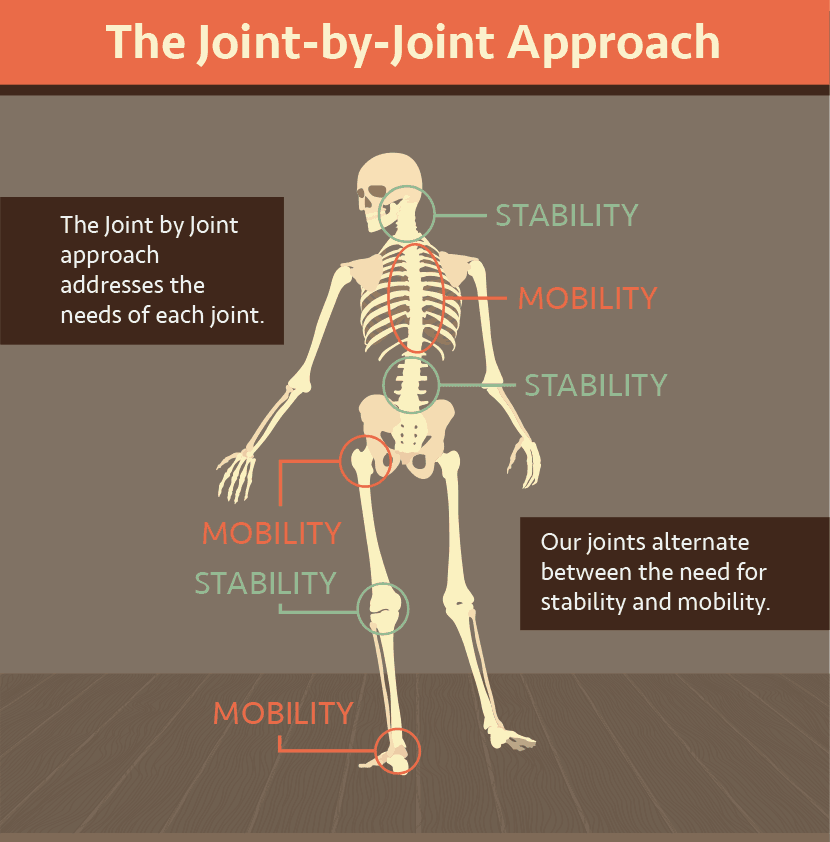Is there a perfect posture for sitting?
In a word… NO.
Over the years, you may have been encouraged to adopt a ‘perfect’ sitting posture.
This may have involved a very straight spine with the head pulled back.
But if you look at the evidence linking posture and pain - there is surprisingly little high quality research to support the idea of a perfect sitting posture.
On the contrary, the researchers warned that attempting to maintain a perfect posture would actually require a higher level of muscle activity and could cause greater tiredness and discomfort.
Rather than try to find the ‘perfect’ posture, here’s three things that will help you more:
Think about the time in the posture rather than trying to find the perfect posture
Researchers found office based workers who experienced pain in the shoulder and neck muscles was more often caused by a lack of blood flow leading to a mild oxygen deficit in the muscle.
Completely harmless, but with the potential to cause significant discomfort.
Stop worrying about not having the perfect posture and instead take frequent stretching breaks.
Try and maintain blood flow throughout the day by getting enough cardio-vascular exercise (30-60 mins per day).
Sometimes short bursts of exercise works better if you’re in a sedentary job.
Also try and incorporate ‘Movement Snacks’ into your day.
You can download a free PDF with 20 exercise ideas below.
2. Don’t worry and stress over so called ‘bad’ postures such as slumping or looking down. Everything in moderation.
Some research actually showed sitting slumped in a relaxed posture could help decompress the lumbar discs.
It’s people with over-protection and underlying anxiety about injuring themselves that end up increasing the increased stress on their muscles and joints.
Listen to your body, be intuitive and curious about your body and the way it moves.
3. Perform body strength training exercises twice per week
General body strengthening exercises for 20-30 mins twice per week will provide a great foundation for your body.
You don’t need a gym, you can use your own body weight.
If you have some small weights at home, you can use them.
But even just body weight can be enough if you are doing a 7 minute workout.
For an individually tailored program, don’t be afraid to contact us to help achieve your goals.












































